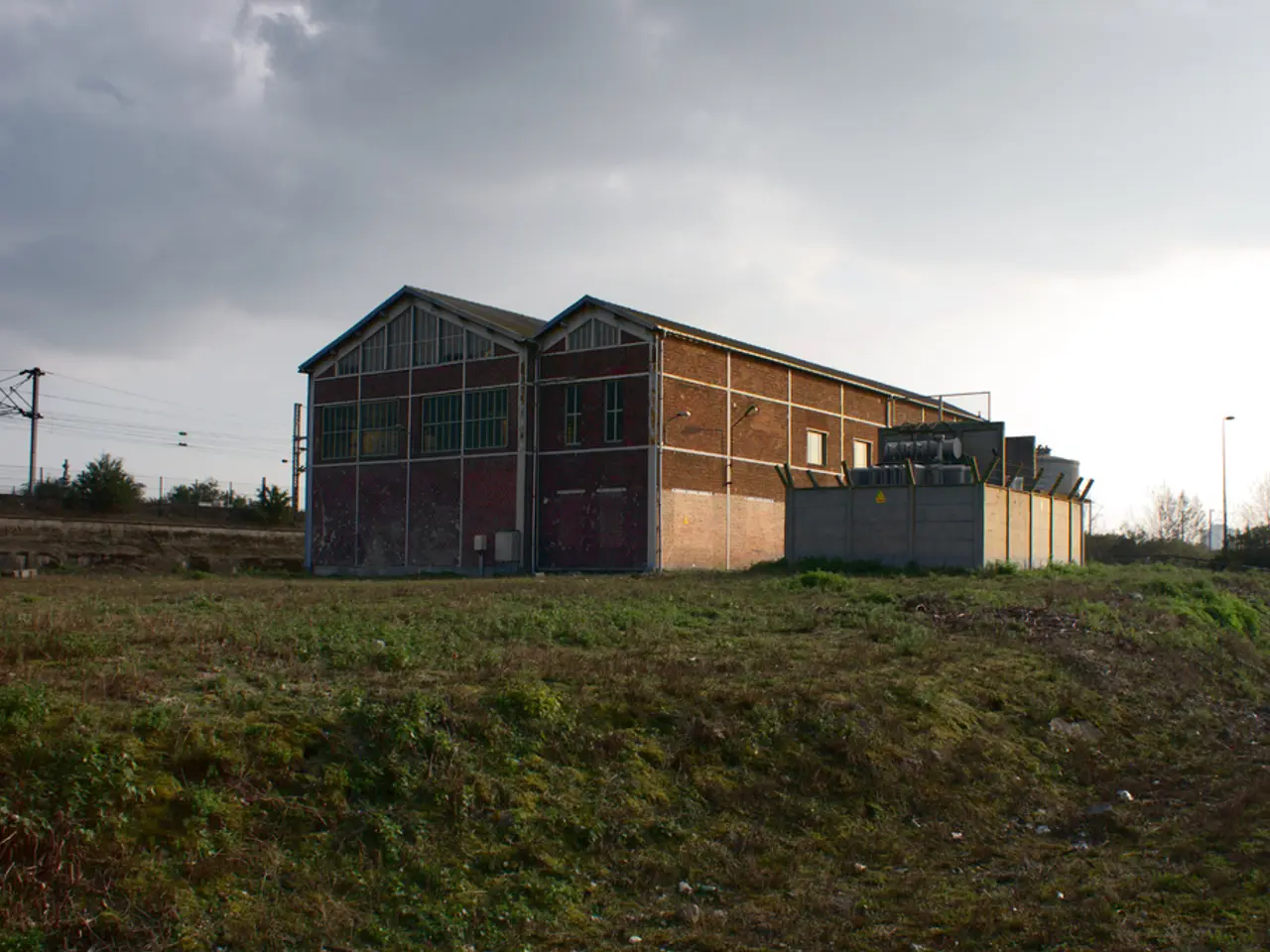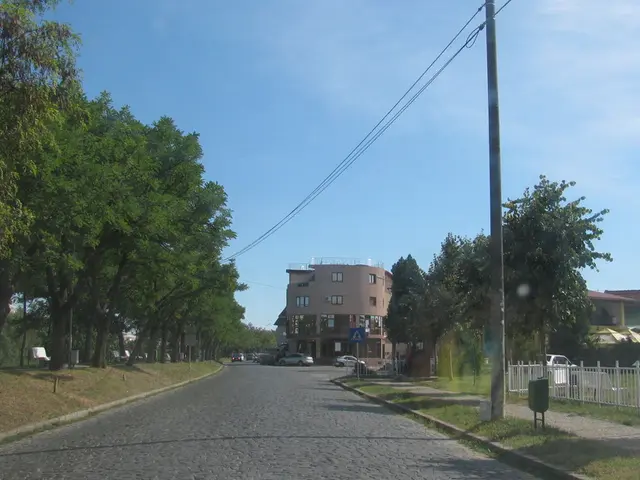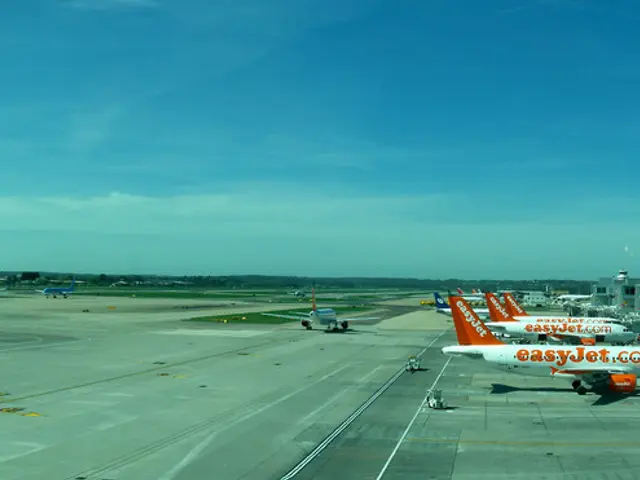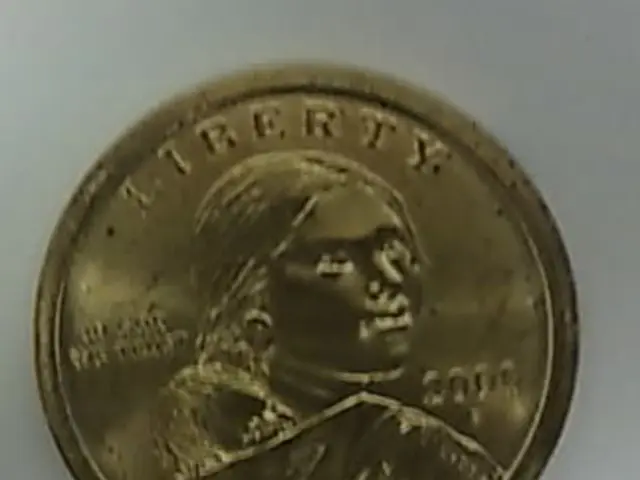Exploring History: Was the implementation of the world's first ULEZ cameras influenced by Victorian practices?
In the heart of London, a unique collection of historical landmarks stands as a testament to the city's rich history and its intricate system of taxation. These are the coal posts, strategically positioned along major transport routes, their white cast iron bodies adorned with the City of London coat of arms.
The story of these coal posts dates back to 1667, when the Corporation of London was authorised to levy a tax on coal brought into the Port of London. The initial tax rate was one shilling per chaldron, approximately 25 hundredweight. This tax, aimed at funding various city improvements, marked the beginning of a long-standing tradition that would shape London for centuries to come.
In 1845, the coal tax zone was formalised as a twenty-mile ring with the General Post Office in St Martin's Le Grand at its center. Around the same time, Henry Grissell, a skilled ironworker, began casting the iron posts at his Regents canal iron works. About fifty markers, bearing references to the Act, were installed around the circumference of the area in 1851.
James Browton was contracted to repair and repaint all the coal posts from 1863 until his death in 1870. After James's demise, his son, Dudley Browton, took over the contract. In 1861, fifty new markers were commissioned, but they were only inscribed with the sovereign's regnal year, 24 VICT, and dated 1861.
The monies raised from the coal tax were used for specific purposes like the construction of a unified sewerage system and the financing of landmarks such as Cannon Street and Holborn Viaduct. They were also instrumental in building Blackfriars Bridge and a new Coal Exchange. Moreover, the funds were used to restore and widen streets, rebuild buildings, and erect The Monument.
In 1870, a second Act was passed, increasing the tax to three shillings to fund the rebuilding of 51 churches and city properties. The tax on coal continued to be levied for the next couple of centuries, with rates varying from time to time.
The coal posts, positioned along major transport routes, were designed to maximise their visibility. In 1861, the London Metropolitan Board of Works ordered 280 stone heads around the coal tax boundary of London, representing various cities and towns across England, symbolising the sources of coal taxed within the boundary.
Today, 211 coal posts remain, with Elmbridge having a particular concentration of publicly accessible ones. Despite occasional damage and the need for repair and repainting, these historical landmarks continue to stand as a reminder of London's unique history of taxation and urban development.
Read also:
- Deepwater Horizon Oil Spill: BP Faces Record-Breaking Settlement - Dubbed 'Largest Environmental Fine Ever Imposed'
- Lawsuit of Phenomenal Magnitude: FIFA under threat due to Diarra's verdict, accused of player injustice
- Expansion of railway systems, implementation of catenary systems, and combating fires: SNCF adapting to the summer heatwave
- Citizen Thekla Walker, Minister, advises: "Let's focus on our own homes first"








